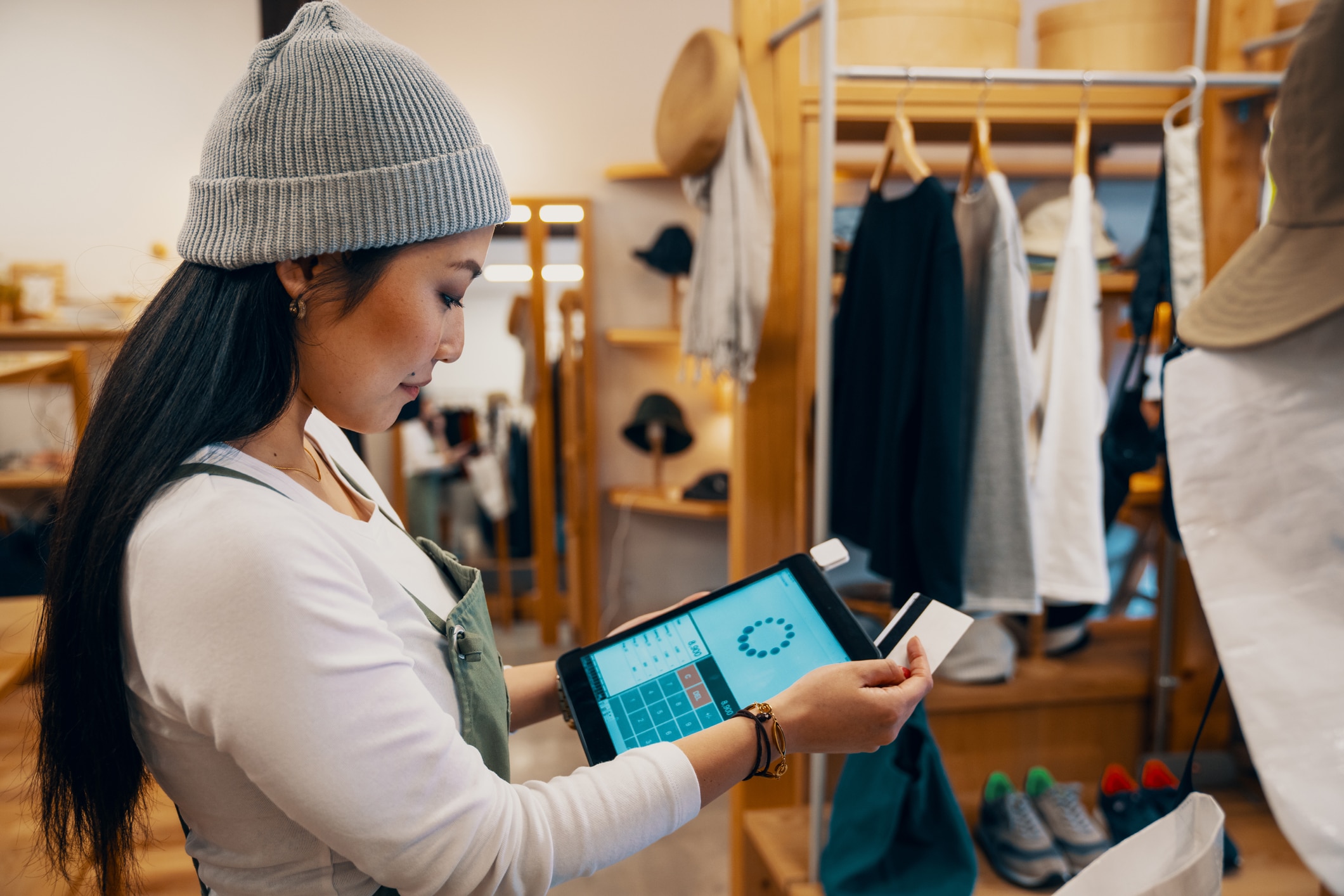Black Friday — which started with just 50 stores back in the late 1800s — attracted the interest of international consumers and retailers alike in subsequent years.
Today, thousands of stores (online and brick-and-mortar) are preparing for and participating in the upcoming event. In recent years, this shopping event has acquired characteristics similar to a festival, where brands have invested in events, experiences, and more to differentiate themselves from the competition.
Here’s three ways to ensure you maximize revenue among churning segments during this lucrative time of the year.
Black Friday 2021: How Big Will It Be?
Black Friday 2021 takes place November 26, 2021, and promises to be the biggest of all time. Thousands of stores will be running discounts, offers, and sales as per usual.
With COVID overtaking many retailers’ plans in the last couple of years, brands are looking for new and effective ways to drive (or regain) revenue this holiday season. Thankfully, shoppers have made their way back into buying mode, and marketers must adjust, prepare, and be ready.
This Black Friday, the focus should be not on acquiring new customers but rather getting back buyers from inactive segments by targeting them strategically. A new era of digital marketing tools, personalized email campaigns, SMS, CRM ads, and more, can be used to re-engage dormant shoppers this year.
Holiday marketing is all about enhancing your reach, improving consumer engagement, and winning back inactive leads.
1. Engage Inactive Leads
You can target inactive leads using their contact information in a personalized yet automated way, and you can incentivize their purchase at the predicted time most likely to motivate them to take action. Converting inactive leads to active customers is merely a matter of reach, inspiring engagement, and eliciting a response.
By targeting passive leads with a dedicated methodology based on data analysis, you can ensure maximum sales. This makes it imperative to use your customer data efficiently to catalyze engagement and maintain retention rates.
What separates inactive leads from active leads is engagement with the website and other marketing channels such as email, social ads, etc. This usually stems from the lack of a relatable, realistic, and reachable method.
These R’s need to be put together to recreate a sense of demand among your inactive database segments.
2. Pump Up Defecting Customers
Don’t wait for customers to get over their dopamine rush of purchases and defect at some point in the near future. Instead, catch them at the right time, not too soon but not too late after their last purchase.
Analyze and identify the set of customers on the verge of becoming inactive and lure them back in with personalized messages, product recommendations, and special incentives.
Most buyers in the 25-35 age range prefer emails. In contrast, impulse purchase characteristics could be associated with teenagers. People in their early 20s are infamous for spending more time on social media, consuming content for hours per day.
One of the best ways to prevent customers from going dormant is to send out email campaigns, which in turn helps increase retention and revenues. Well-segmented emails often have higher engagement levels. According to a recent study, emails that are targeted (in any capacity) generate 58% higher revenue.
Personalization is truly the silver bullet when it comes to reviving defecting customers, regardless of the channel. A 1:1 experience trumps all, always. More than 75% of customers have expressed their biased choice of repeating business with a company with friendly, personalized service.
3. Increase Active Customer Retention Rate
If customer stops buying, it’s a difficult task to prevent them from becoming either an inactive customer or merely a lead.
The Active Customer Retention Rate measures the number of customers a brand retains over a period of time.
Habituating and eventually putting a number to your ARR offers an in-depth analysis of impact created with your marketing and digital campaigns.
Final Thoughts
Although Black Friday carries a connotation of major slashes in prices and massive discounts, in general, Black Friday brings many opportunities and savings for consumers.
Retailers can maximize sales this holiday season when they:
- Engage inactive leads
- Earn back defecting customers, and
- Increase active customer retention rate
Even though it’s all going digital, the opportunity to drive real revenue is growing by the year.
➤ How else can you best connect with customers during Black Friday? We’ve got you covered with our Black Friday Hub!
Handpicked Related Content:












